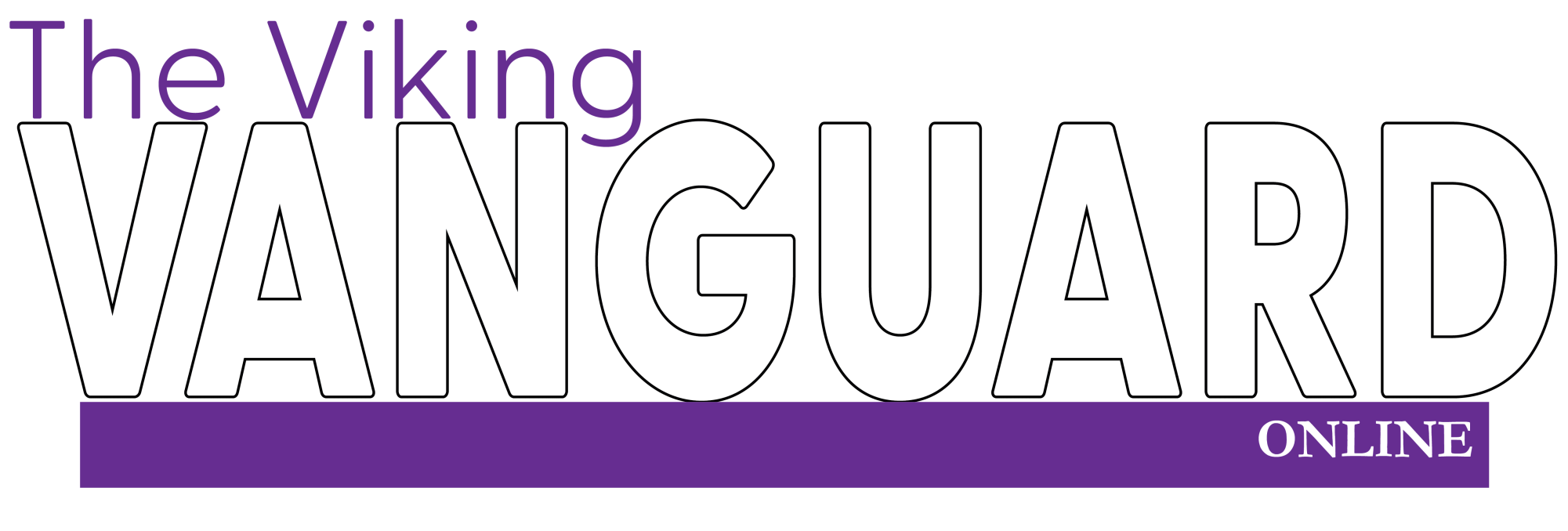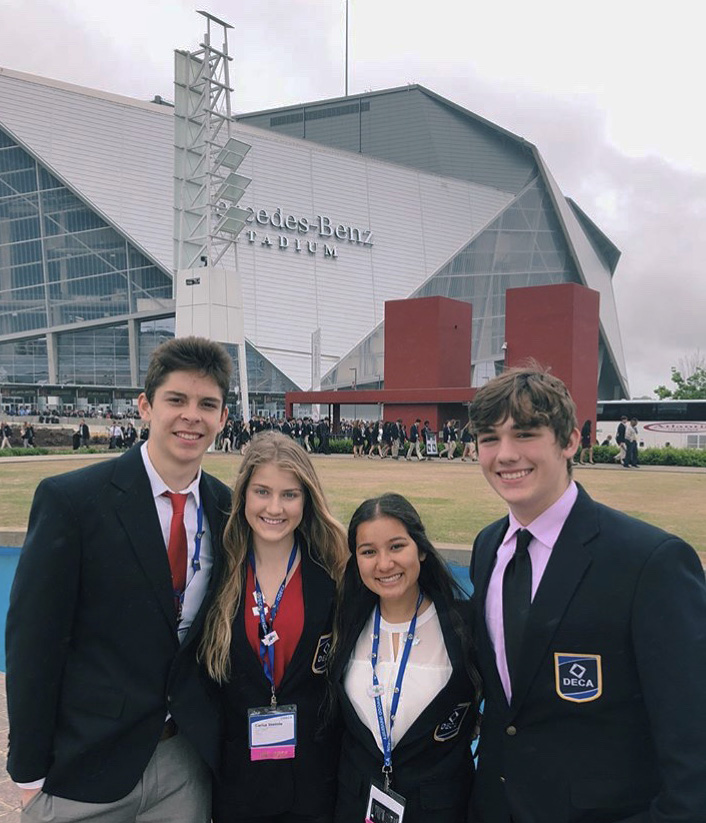To step into the public sphere in this day and age is to step into an ocean of technology. The American public is awash in smartphones, smartwatches, tablets; in blogs, posts, online forums. The tide of social media influence is inexorable and according to the 2016 Nielson Total Audience Report, Americans spend an average of 10 hours a day looking at a screen.
The growing presence of social media in America has allowed activists to take to the blogosphere in support of their various causes. Julia Wright of activist Instagram account “@theteenfeminists” describes how the anonymity of her account allows her online activism more credibility in her audience’s eyes.
“I was inspired to create this account because… activism is something I am very passionate about but as a 13-year-old girl, people often would not consider my opinion important. On Instagram, people do not know my age so they do not automatically refuse to listen to my opinion and I find that I can use Instagram to make a meaningful difference,” Wright said.
In the digital age, social media is the younger generations’ home turf. Teens and young adults can navigate the online world with ease, allowing them to make good use of the uniquely widespread and immediate impact that can be made online.
“I think I connect better with my peers online,” Wright said. “I think it is [because of] the fact that there are more resources and a bigger audience which helps us get together with people and talk about what issues plague our world. Obviously, it is different online because the demographic is completely changed, we have people from all over the world but that just means we get more insight into the issues.”
According to Dahlia Bazzaz, engagement editor of the Seattle Times’ Education Lab, the immediacy of social media lends itself well to citizen advocacy when news organizations are bogged down.
“I think it is a way of connecting people. If you have a hashtag or key words you can look up, [social media] is a way to… get information directly from advocates… when news organizations are a little delayed because things have to go through the editing process…,” Bazzaz said. “As well as provide documentation of timelines of how things unfolded.”
Senior Avé Trebilcock, one of the PHS students who spearheaded a walkout on March 21st in memorial of the Parkland victims, describes how she used social media to inform students about the event
“We could not put up posters in the school because [the walkout] was not a [school-sanctioned event], so we went to social media with it. I posted something along the lines of “this is what we are doing and why; this is the place and time” so people knew what was happening and were not confused by all the rumors going around which definitely helped,” Trebilcock said. “We also made a twitter just for the walkout and tried to update it as much as we could; we also followed as many people as we could to try and get the word out there. Without social media we could never have gotten the word out… with social media we had a bigger audience. On social media I can relate and connect to anybody all over the world and that is very powerful and that is what the kids in Florida did after the school shooting and they have made a huge impact.”
Social media’s conduciveness to supporting the school walkouts and marches extends far beyond PHS, Wright says.
“As for the #neveragain movement, social media has played a major role in helping the movement. Without it, I do not think it could have gotten as far as it has…and the Internet overall has contributed to the coordination of everything being done–marches, walkouts, protests,” Wright said.
Social media has given the layman capacity to share information that was once only available to professional journalists, Bazzaz says.
“There has been a rise in citizen journalism because of social media and the internet and that has given rise to increasing democratization of information,” Bazzaz said.
But the public is not alone in making more use of social media to tell stories.
“There is a movement in journalism to move away from just sharing stories on social media and using it to communicate with your audience…without Facebook and Twitter, news organizations would be toast. It is an incredibly useful tool for spreading information,” Bazzaz said.
According to Trebilcock, social media journalism is more accessible and appealing to many.
“I do not like watching the news but I follow CNN NPR, BBC, FOX News and MSNBC on Instagram, Twitter and Facebook and the reason I see those articles is because I follow them, not because I go look for them,” Trebilcock said. “I think a lot of people are the same way and follow a lot of news systems because [the political climate] is very divisive right now and if they are into politics, they like to know what is going on.”
According to Bazzaz, social media is increasingly being used to link journalists with their audience.
“We use social media to gauge the impact of our stories, to talk about what stories we should cover next and as a sounding board to interact with the public and get their feedback,” Bazzaz said.
Sometimes, social media can also be a platform for engagement projects.
“[The education lab at the Seattle Times] started a project [on Facebook] called the homeroom for parents of students of color. We wanted to moderate an online discussion about family engagement in education and how that could lessen disparities between white students and students of color,” Bazzaz said.
Social media cannot always be viewed with a rose-colored filter, however. The data collection and customization that is done by many social media companies can create a dangerous echo chamber of ideas, Bazzaz says.
“I think when you have algorithms [on social media] placing certain news that it thinks you will like at the top of your feed, it creates a saturation of content in which you only hear your own worldview. That can definitely affect the way people receive and perceive information,” Bazzaz said.
However, Trebilcock says the echo-chamber effect that social media can have is mediated by the diversity of perspectives and ideas that are presented.
“My political views and knowledge have come from things I have [personally] seen but social media has [had] an influence. Articles I see online and on social media have inspired me but they have not changed the way I think,” Trebilcock said. “I see things on social media that I disagree with all the time but if I can do it then other people should be able to have their voice heard the same as mine, even if they have a different opinion… there is a big difference between hate speech and free speech but as long as young people on social media are saying what they feel is right that is awesome when it is not hateful.”
According to Wright, this multitude of perspectives can create an inclusive online environment.
“Representation in the media is important because it offers people self esteem that they might not have otherwise. I am a Catholic, bisexual, Asian-American female. I do not get that much representation. Asians do not dominate the media really, much less LGBT+ Asians,” Wright said. “Any sort of representation makes people feel valid, like “That is me up there, there are people like me that exist out there too and they are successful… Our account does not have a really specific focus but we often talk about… Black Lives Matter, equality for LGBTQIA+ people and the feminist movement. We also [support] other movements when we think that they represent what we stand for, such as the #enoughisemough movement after the Parkland shooting.”
According to Wright, social media’s power to influence will not be going away anytime soon.
“I see a future where online activism grows by huge leaps and bounds. As more and more people become more invested in social media, activism will spread even more,” Wright said.







